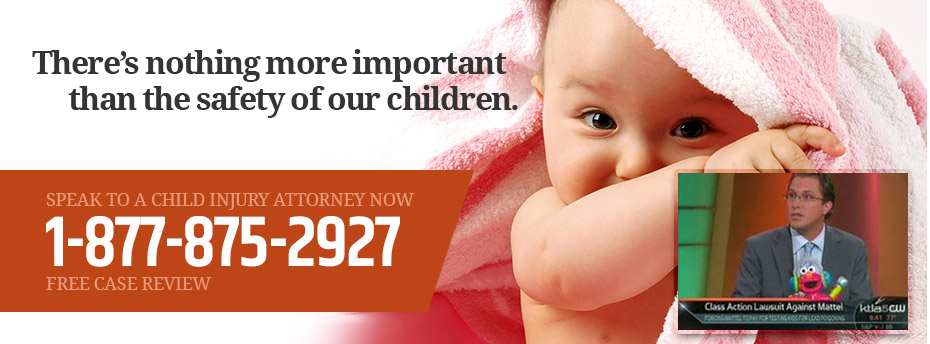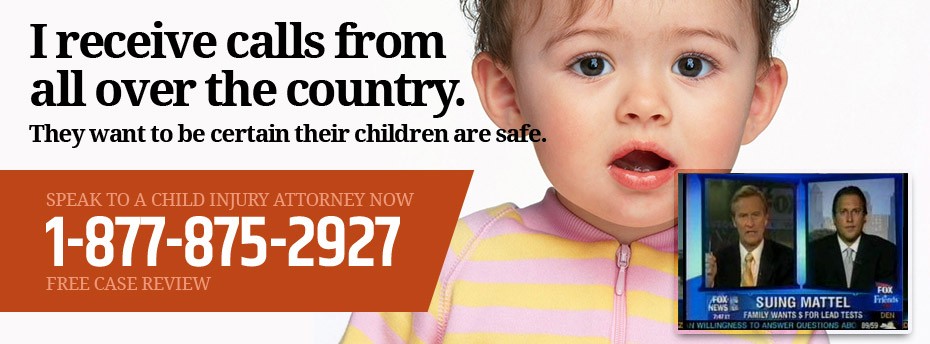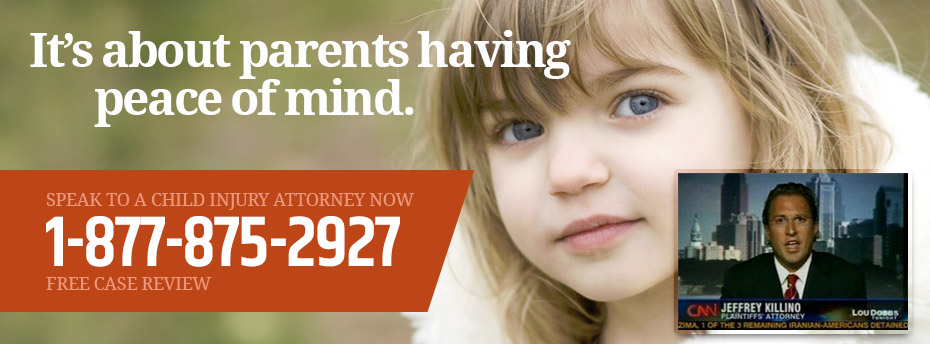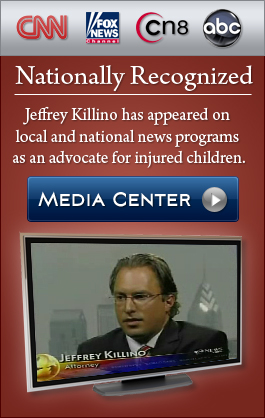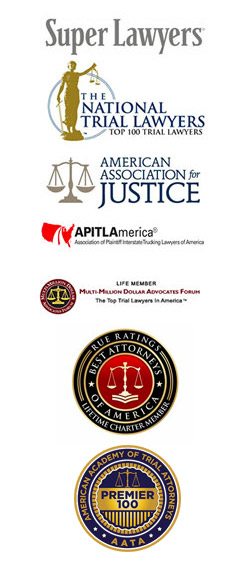Parents often place their children in play pens or yards both to entertain them and to keep them protected from the harm that can occur when small children are free to roam living areas on their own. Depending on how these play yards are designed or constructed, however, the play yards themselves can pose hazards or dangers to children, particularly if adults are not continually present and watchful. When such dangers are discovered, the products generally are, and should be, recalled.
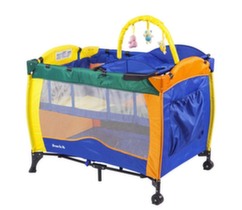 On December 9, 2014, for example, the U.S. Consumer Product Safety Commission (CPSC) announced the recall by Dream On Me of approximately 10,000 of its “Incredible Play Yards,” because the rails of the play yards can collapse, creating a danger of strangulation to young children. The play yards were manufactured in China and sold at Amazon, Kohls, Toys R Us, WalMart, Wayfair, and other online markets from March 2010 through January 2014. Consumers are instructed to immediately stop children from using the play yards and to contact Dream On Me for free repair kits.
On December 9, 2014, for example, the U.S. Consumer Product Safety Commission (CPSC) announced the recall by Dream On Me of approximately 10,000 of its “Incredible Play Yards,” because the rails of the play yards can collapse, creating a danger of strangulation to young children. The play yards were manufactured in China and sold at Amazon, Kohls, Toys R Us, WalMart, Wayfair, and other online markets from March 2010 through January 2014. Consumers are instructed to immediately stop children from using the play yards and to contact Dream On Me for free repair kits.
If your child has been injured by this or another product, however, do not repair or return the product. Preserve the product in its present state so that an experienced defective-products and child-injury attorney can address the important issues of product preservation and testing.
Children’s products that pose strangulation hazards to young children are not uncommon. Manufacturers often cut costs and use inferior materials to make a product or use an unsafe design. Whether or not such a product has been recalled, the families of children who have been injured or who have died as a result of using defective products are entitled to the opportunity to hold the responsible parties accountable through legal action. Child-injury attorney Jeff Killino and his team of nationally respected child-injury and defective toys and children’s products lawyers have extensive experience with child-injury cases, including those arising out of injuries and deaths caused by defective or dangerous toys and children’s products. If your child has been injured or killed by a defective toy, children’s product, or product of any kind, attorney Killino can help you obtain the justice you and your family deserve from those responsible for your child’s injury or death.
How Often Do Children Strangle on Children’s Products?
The strangulation of children on children’s products and products intended for adult use occurs far more frequently than most people realize. When parents haven’t heard about strangling injuries or deaths, they may not take warnings regarding strangulation hazards seriously. But, the danger is all too real. According to statistics compiled by SafeKids USA, every year, nearly 1,000 children under the age of 14 strangle to death, and almost 90% of these deaths are suffered by children aged 4 and under. Children may also suffer non-fatal but serious strangulation injuries caused by the cutting off of oxygen to the brain.
The risk of strangulation is a frequent reason for the recall of children’s products. Strangulation injuries and deaths have been caused by children’s clothing with drawstrings that may be caught on other objects, such as play equipment. Children’s products with cords that are not encased in protective covers have been recalled to prevent children’s strangulation injuries and deaths. Adult products with electrical and other cords may strangle children unless they are kept out of reach by securing them to walls and by not allowing them to dangle.
Though the strangulation risks posed by cribs, strollers, highchairs, and play yards are not as obvious to most parents, these products also frequently cause children’s strangulations. When openings in high chairs and strollers, for example, are of a size that may allow a child to slip down and be caught by the neck, the products pose serious strangulation hazards to children. Cribs and play yards may have sides that collapse and trap a child’s head, resulting in strangulation.
The strangling dangers associated with these and other products are a serious concern. Unconsciousness from strangling can occur to a child in a matter of seconds and death can quickly follow if no one is present to save the child’s life.
Who Can Be Held Responsible for Children’s Strangulation Injuries and Deaths?
When a children’s product is designed or manufactured in such a way as to pose a strangling hazard to the children who use the product, the product may be found to be unreasonably dangerous under product-liability law. Some products that have inherent dangers may be rendered unreasonably dangerous if adequate warnings regarding the dangers have not been provided with the products.
Whether a product is defective in its design, manufacture, or warnings, the entities and individuals involved in the line of production and distribution from design through sale to the consumer may be held strictly liable for injuries and deaths found to have been caused by the product’s defect. A plaintiff is not required to prove that any of these parties was negligent in creating or distributing the defective product in order to hold the parties liable for damages suffered by the plaintiff through the product’s use. Parties that may be held legally responsible and ordered to pay a plaintiff damages include the designer, manufacturer, suppliers, assembler, wholesaler, and retailer of a product.
Under the Restatement (Second) of Torts, Section 402A, and comments thereto, those who place children’s products in the hands of consumers have undertaken a special responsibility toward children who may be injured by these products. As a result, they should bear the burden of injuries caused by these products when the products are sold in a defective, or unreasonably dangerous, condition.
Obtain Expert Assistance from Child Injury Attorney Jeff Killino
If your child has been injured or killed through use of a defective or dangerous product, medical malpractice, or other negligence, nationally respected child-injury attorney Jeff Killino is ready to help you fight for the justice you and your child deserve from all those responsible for your child’s injury or death.
